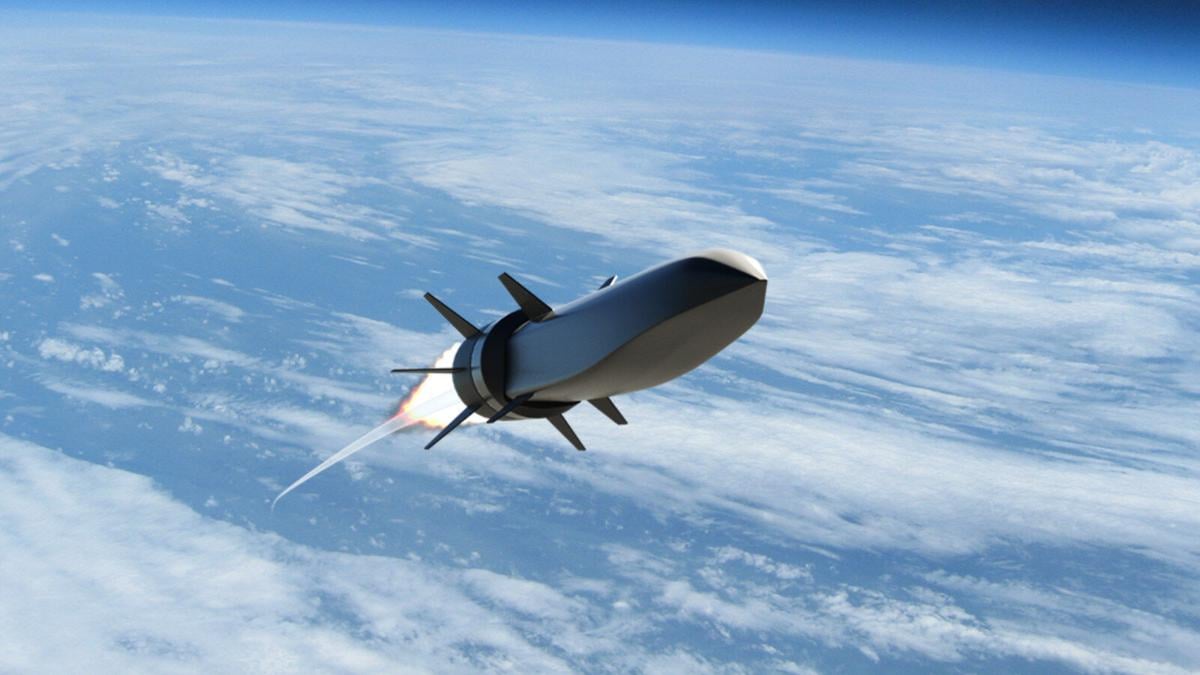Tucson-based Raytheon Missiles & Defense and partner Northrop Grumman successfully completed a key flight test of a hypersonic missile being developed for the Defense Advanced Research Projects Agency and the U.S. Air Force.
The test of the “scramjet”-powered Hypersonic Air-breathing Weapon Concept, or HAWC, was the second successful flight test for the Raytheon-Northrop missile prototype and follows a flight test of a HAWC concept made by Lockheed Martin in April.
Raytheon applied data from its first flight test last September and the test met all primary and secondary objectives, including demonstrating tactical range capabilities, Raytheon and DARPA said Tuesday.
The HAWC prototype is powered by a supersonic combustion ramjet, or scramjet, which uses supersonic air produced during initial acceleration to reach speeds greater than Mach 5, or five times the speed of sound.
During the most recent test, after release from an unidentified aircraft, the missile’s first stage boosted the vehicle to the expected scramjet ignition speed range, DARPA said.
From there, the missile’s Northrop Grumman scramjet engine fired up and propelled the cruiser past Mach 5 for more than 300 nautical miles and reached altitudes higher than 60,000 feet, the missile agency said.
The date and site for the test were not disclosed, and many details about the program remain classified.
The Pentagon is scrambling to develop ultra-fast, hard-to-kill hypersonic missiles and counter-hypersonic weapons in response to apparent hypersonic testing successes by Russia and China.
Colin Whelan, president of Advanced Technology for Raytheon Missiles & Defense, said the most recent HAWC flight test success was an important milestone for the hypersonic missile program.
“The test demonstrated how we’ve rapidly matured affordable scramjet technology, which is the basis for air-breathing weapons,” Whelan said in a news release.
The test vehicle flew a trajectory that engineers designed to intentionally stress the weapon concept to explore its limits and further validate digital performance models, Raytheon and Northrop said in a joint news release.
Raytheon and Northrop Grumman have been working together since 2019 to develop, produce and integrate Northrop Grumman’s scramjet engines onto Raytheon’s air-breathing hypersonic weapons.
Raytheon and Northrop Grumman have been awarded contracts of about $41 million each to continue development of the Glide Phase Interceptor.
Pima Community College's Advanced Manufacturing building at the Downtown campus in Tucson is on track and expected to start hosting students next spring.
For Star subscribers: Tucson is devoting nearly $1.5 million to hire staff and upgrade systems to relieve delays in permit and plan approvals now lasting months.








